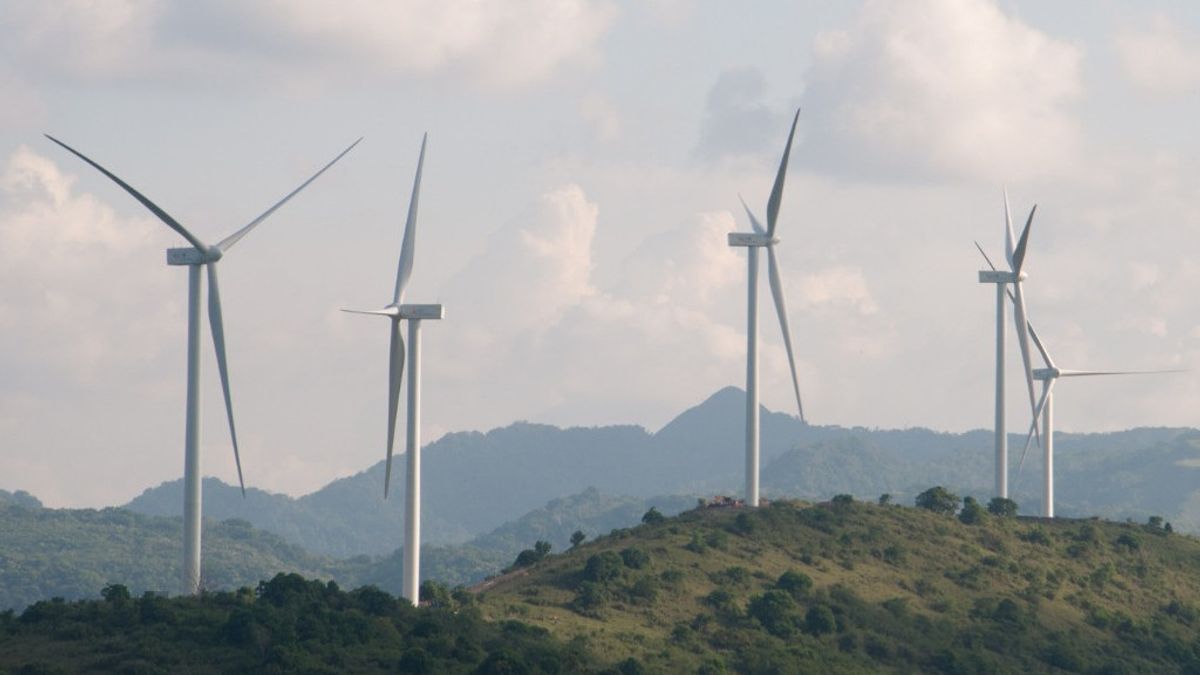YOGYAKARTA The Bayu Power Plant (PLTB) is one way to generate electrical energy. As the name suggests, PLTB utilizes wind power to rotate turbines which in turn produce electric charging. This article will explain how PLTB works in general.
As is known, wind is a form of energy that is mostly available in nature. The wind has energy that can move objects, including the mill blades. The mill is connected to various components that produce electricity. Before understanding how it works, first look at the main components of the bayu plant.
This component is very important in PLTB. This turbine has propeller blades that are usually placed in high places with abundant wind availability such as in coastal areas. Turbin serves to capture the energy of the free wind.
It should be noted that wind turbines in PLTB are divided into 2 types, namely horizontal and vertical axis wind turbines.
The horizontal axis wind turbine has 3 propeller blades designed to resemble the aircraft's wings to make them more aerodynamic. In addition, it is usually larger in size. This size is deliberately applied to be able to catch more winds so as to produce large electric power.
Meanwhile, vertical axis wind turbines are able to capture wind energy from various directions. Its characteristics are in the form of more varied propellers.
The generator is connected to wind turboions. The function of the PLTB generator is to change the kinetic energy generated by the turbine spin to electric. The generator itself is located at the top of the tower or head, precisely behind the propeller. This placement is considered easier in coupling turbines and generators.
The way PLTB works begins with the gust of wind energy that rotates the turbine. The round helps the rotor in the generator to rotate. The generator then simply processes the kinetic energy generated from wind spins to electricity. The performance of the generator on the PLTB is in accordance with how much wind can rotate the turbine.
The bigger the wind rotates the turbine and rotor, the greater the electrical energy generated in the generator. On the other hand, if the wind is weak, the electricity produced will be weak. The conversion of wind to power can occur if the wind movement around the PLTB is abundant and stable. If it is weak and unstable, the resulting electricity is less than optimal.
Electricity is then passed on to the control panel. This panel is also an important component in the PLTB. After the electricity is processed, the energy will begin to be distributed according to the designation. Electricity from the PLTB can be used for industrial and household needs.
That's information related to how PLTB works. Visit VOI.id to get other interesting information.
The English, Chinese, Japanese, Arabic, and French versions are automatically generated by the AI. So there may still be inaccuracies in translating, please always see Indonesian as our main language. (system supported by DigitalSiber.id)













